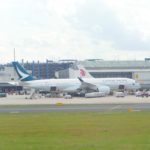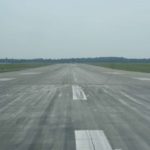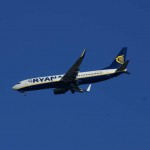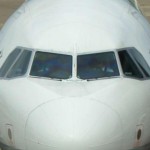Boeing today announced that the FL Group, on behalf of Icelandair, and Icelandair have exercised purchase rights for two additional firm 787-8 Dreamliners.
SEATTLE – The airplanes will be delivered in 2012, two years after Icelandair takes delivery of its first two Dreamliners, which were ordered in February 2005. The airline, part of the Icelandair Group, continues to expand its long-haul route offering flights to and from Iceland in conjunction with its fleet-growth plan. The two airplanes have a value of approximately $290 million at list prices.
„As part of the launch customer team, we have been impressed by the tremendous passenger appeal of the Dreamliner. Adding the 787 to our fleet will attract even more tourism to Iceland. The Boeing 787 Dreamliner can fly to Iceland from anywhere in the world, a 6 billion people marketplace. By introducing this airplane, we are opening up innumerable options for the Group’s future development,“ said J�n Karl �lafsson, president and CEO of the Icelandair Group. Icelandair has chosen Trent 1000 engines from Rolls-Royce for its Boeing 787 fleet.
The high-technology, all-new Boeing 787 continues to capture the interest of airline customers around the world. To date, the program has booked 345 firm orders with 25 customers since its April 2004 launch, making the 787 the most successful new airplane in Boeing history. The Dreamliner’s order book has a value of about $49 billion at current list prices.
„We are committed to supporting Icelandair and the Icelandair Group’s ambitious growth plans with the best Boeing products and services. The 787 has all the right attributes to serve Icelandair profitably and provide its passengers with a new flying experience,“ said Marlin Dailey, Boeing Commercial Airplanes vice president of Sales for Europe, Russia & Central Asia.
The 787 is a family of airplanes carrying 200 to 300 passengers on routes between 3,500 and 8,500 nautical miles (6,500 to 16,000 kilometers). The Dreamliner will use 20 percent less fuel than today’s airplanes of comparable size and will provide operators with up to 45 percent more cargo revenue capacity. Passengers will enjoy an innovative new interior environment with higher humidity, wider seats and aisles, and larger windows, greatly improving the overall flying experience





